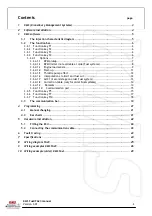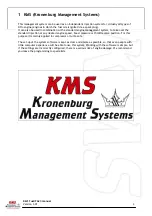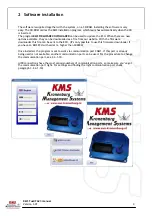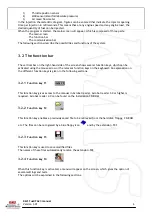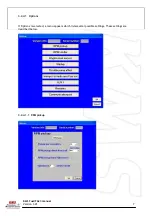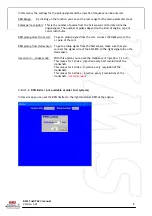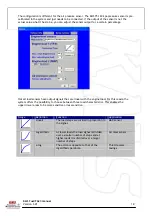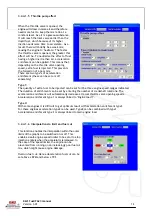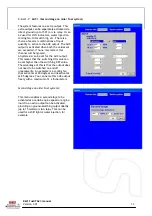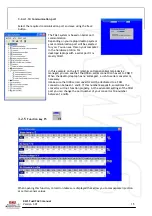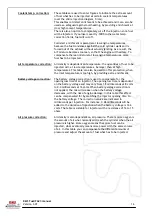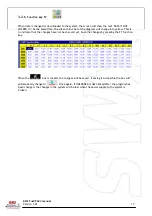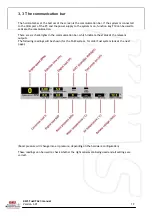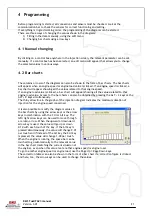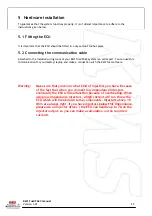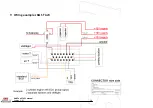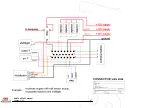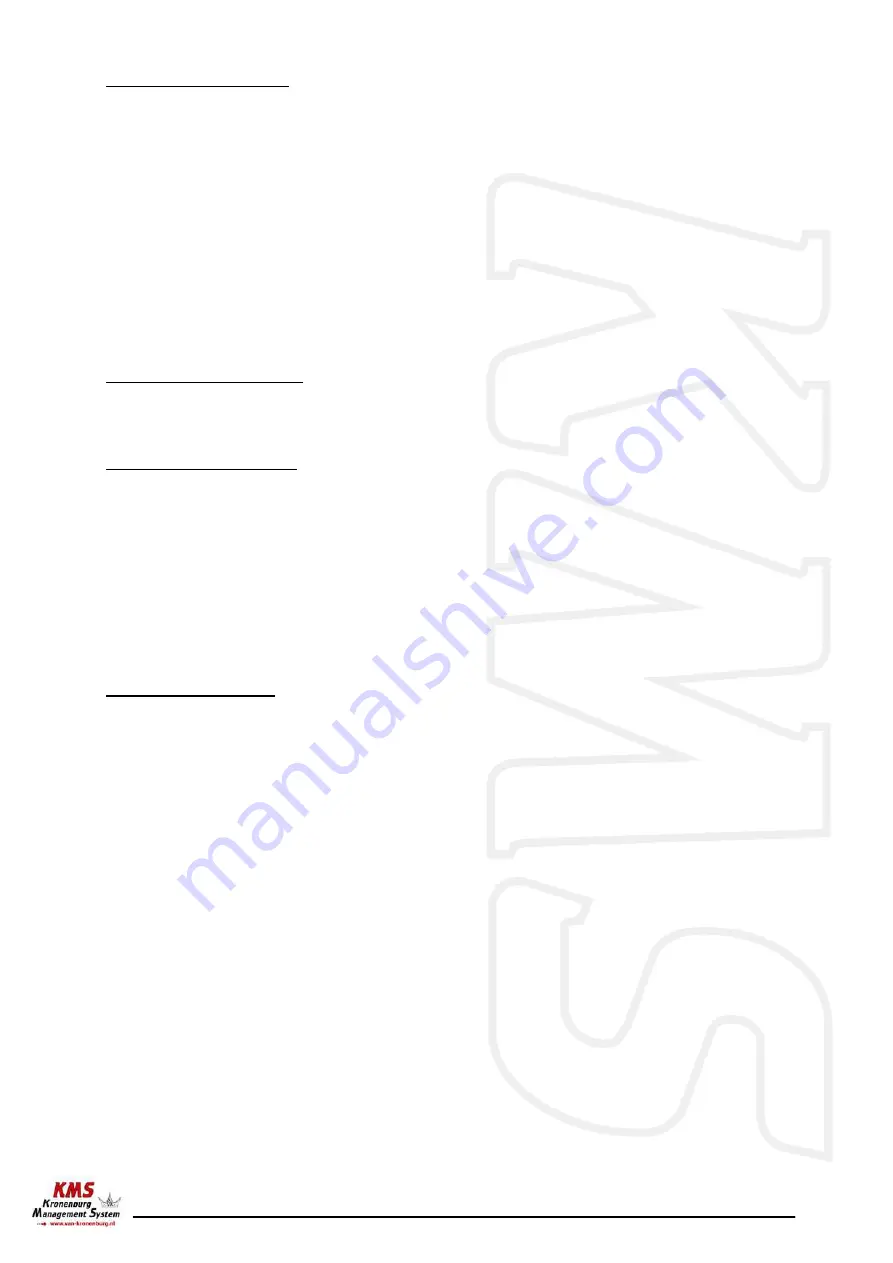
KMS Fuel/FA23 manual
Version 3.01
16
Coolant temp. correction:
These tables are used to enter figures to indicate the extra amount
of fuel what has to be injected at certain coolant temperatures
(over the entire injection diagram, %/ms).
This enables cold start enrichment to be achieved and it can also be
used as a safeguard against overheating, by providing enrichment at
(too) high coolant temperatures.
There is also an option to completely cut off the injection so no fuel
will be injected. If you insert exactly -100% in the water temp.
correction fields, fuel will cut off.
Cold start enrichment is essential at low engine temperatures,
because the fuel condenses against the cold cylinder walls and is
forced out of the exhaust without actually igniting. As a result, the
A/F mixture becomes too lean, so that the engine will hesitate. To
compensate the lean mixturel at low engine temperatures, more
fuel has to be injected.
Air temperature correction: Air density is dependant on temperature, the quantities of fuel to be
injected will, at low temperatures, be larger then at high
temperatures. This table can also be used to offer protection, when
the inlet temperature is too high, by providing extra enrichment.
Battery voltage correction:
The battery voltage correction is used to compensate for the
opening loss time of an injector. The opening loss time is dependent
on the battery voltage and may vary from 1.8 milliseconds at 8 volts
to 0.4 milliseconds at 16 volts. When battery voltage correction is
not applied, the mix will weaken when the battery voltage
decreases, with the risk of engine damage. In this table this effect
can be compensated for by matching the injector opening time to
the battery voltage. The correction values are indicated in
milliseconds per injection. For instance, 0.68 milliseconds will be
added to the duration of injection when the battery voltage is 12.6
volts. The table is suitable for injectors with a resistance of 12 to 15
ohms.
Air pressure correction:
Air density is also dependant on air pressure. There is more oxygen is
the amount of air what normally will reach the cylinder when the air
pressure is higher. More oxygen means that more fuel can be
injected, what eventually means more power with the same volume
of air. In this table you can compensate the different amounts of
pressure and adjust the amount of fuel what has to be injected.

